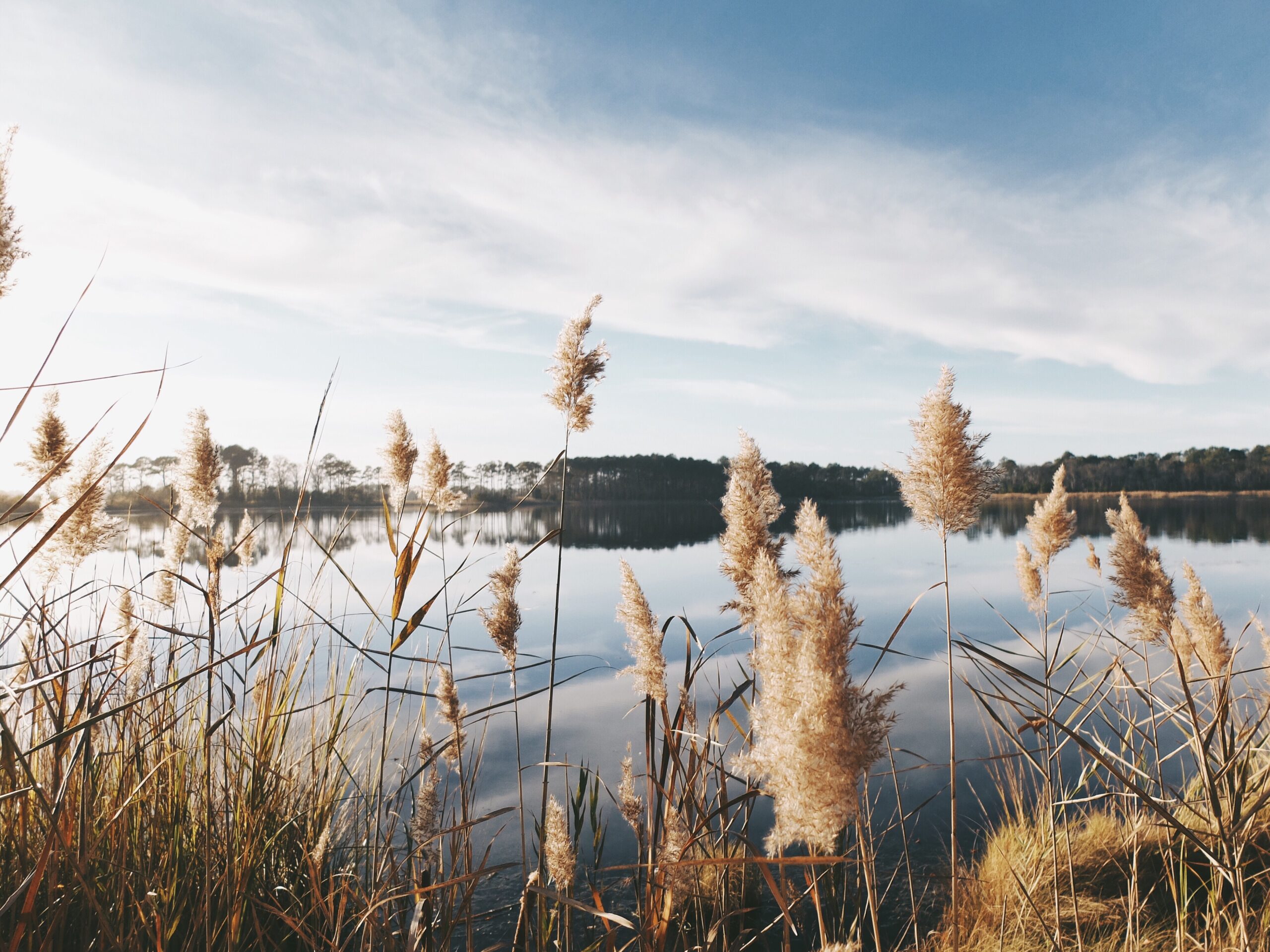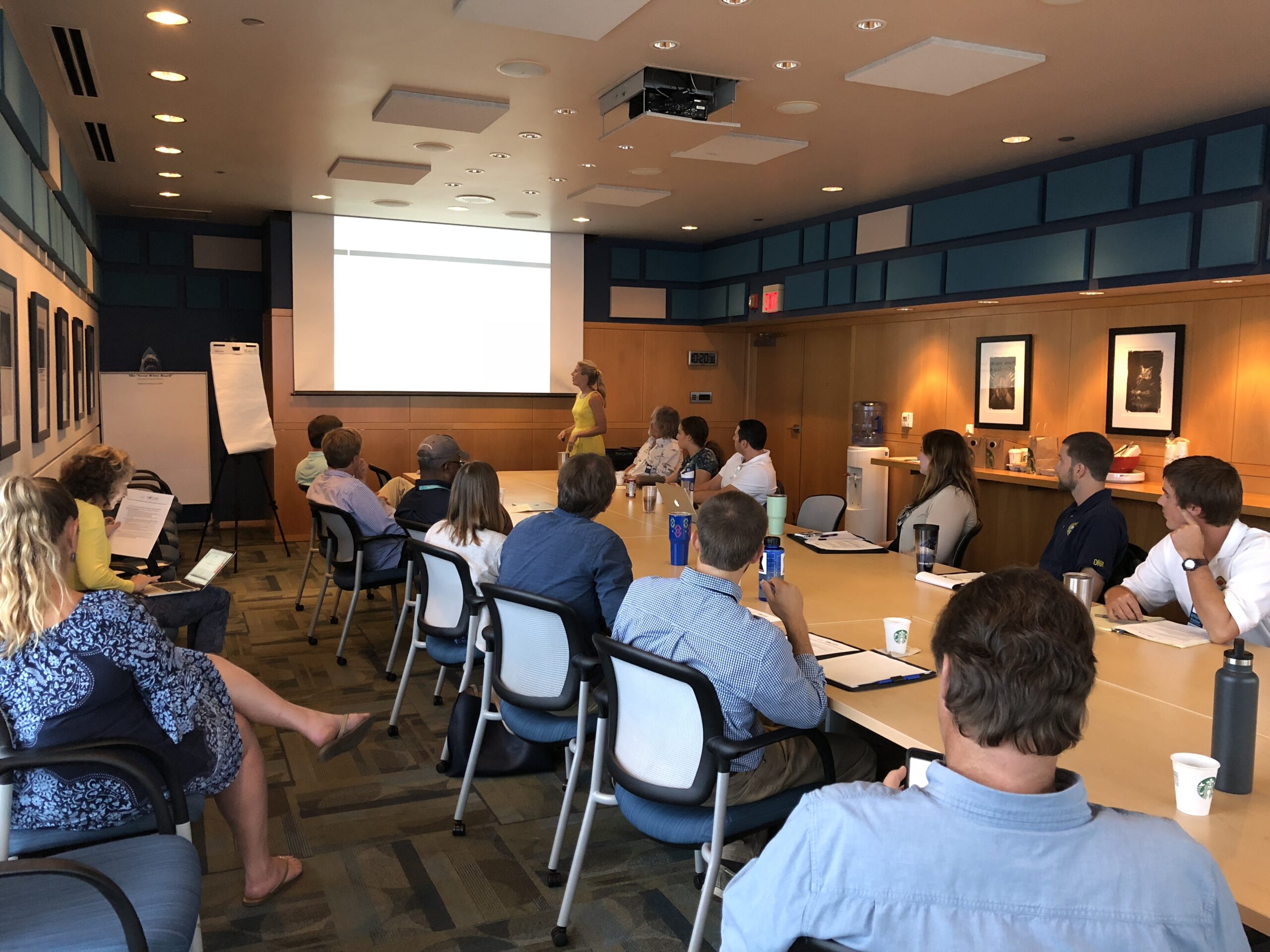How About That Water Quality?
Lowcountry locals learn how runoff from land and increased rainfall contribute to local acidification

Talking about water quality isn’t most people’s idea of the ideal ice breaker. In the Lowcountry (loosely defined as coastal South Carolina and Georgia), folks typically find common ground discussing the region’s warm weather, great food, vibrant culture and remarkable history. But water quality is quickly becoming the talk of the town as locals are growing concerned about how sea level rise and increased rainfall amounts are impacting their local water quality. With more than 50 days of tidal flooding each year overwhelming Charleston’s sewer system, people are talking about water quality concerns over bacteria levels in floodwaters.
I waded into the topic two weeks ago at a coastal acidification and water quality workshop with South Carolina and Georgia fishermen, shellfish farmers, scientists, water quality experts, community advocates and other stakeholders. Although ocean acidification is fundamentally caused by carbon dioxide emissions, local sewage runoff can worsen acidification near the coasts. The good news is that by addressing local runoff, we can help reduce nearshore acidification. There are many land-based sources of acidification, including leaky septic tanks, overwhelmed sewer systems, pet waste, farm runoff pollution, urban sprawl and increased rainfall. These sources bring excess nitrogen, phosphorus, organic carbon and bacteria to coastal waterways, setting the stage for algae blooms followed by bacteria that digest the blooms and exhale carbon dioxide. This changes the water chemistry by lowering the water pH, and increasing acidity levels.

While this list of priorities might seem at odds to addressing acidification, the workshop participants recognized that fighting acidification actually provides another reason to address coastal water quality and runoff pollution. This means that communities do not need to change priorities, but some thoughtfully planned interventions can address both acidification and water quality at the same time. For instance, restoring oyster reefs in estuaries in both states reduces storm surge impacts, protects coastlines from erosion, creates fish habitat and removes excess nitrogen and other nutrients from the water. All that also reduces acidification and its impacts to the local ecosystem by reducing the production of carbon dioxide in the water, and because the chemical compounds of oyster shells can help neutralize acidification as well.
It’s clear that stakeholders in the South are becoming increasingly concerned and active on acidification alongside other water quality concerns. As these practical water quality measures continue to be developed, we’re pleased to partner with people we may not have met otherwise. The shared goal of great water quality is something we can all agree on!